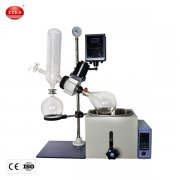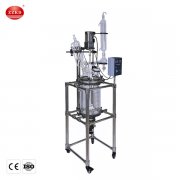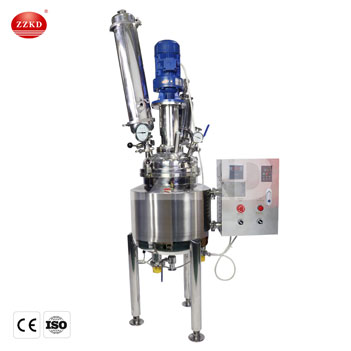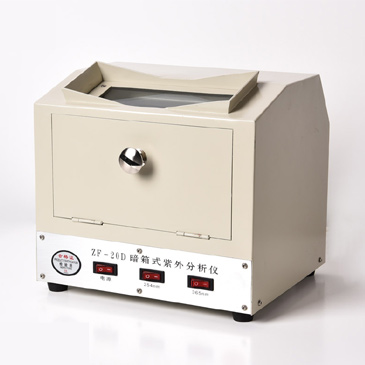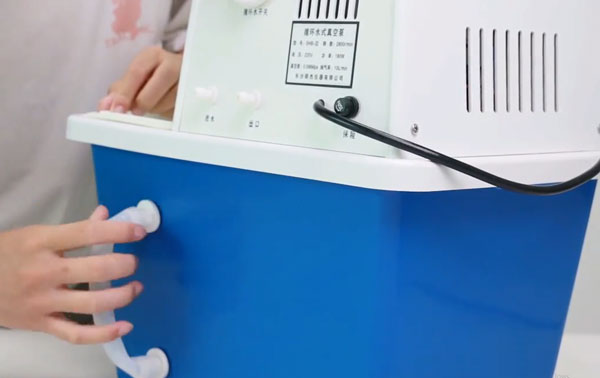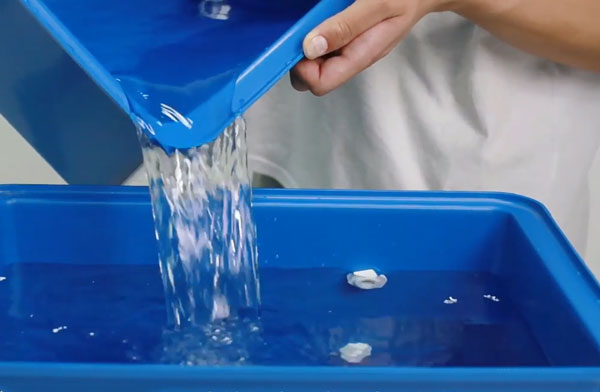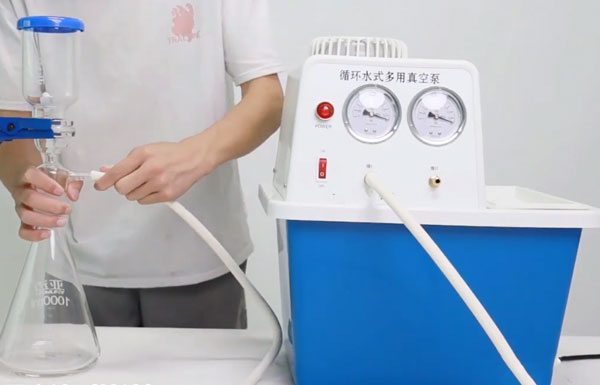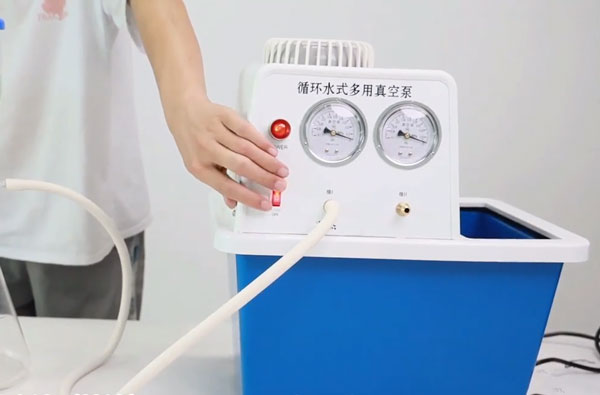The
circulating water vacuum pump is a new type of multi-purpose vacuum pump that uses circulating water as the working fluid and uses the jet to generate negative pressure. It can provide vacuum conditions for chemical laboratories and circulating cooling water for reaction units. It is an ideal supporting equipment for universities, pharmaceuticals, food processing and other fields.
How does a circulating water vacuum pump work?
Operation method:
1. Take out the vacuum pump and place it on a flat table.
2. Use a hose to connect the circulating water inlet and outlet behind the water tank.
3. Open the cover of the water tank, add cold water to the water tank, stop adding water when the water surface is close to the inlet and outlet of the circulating water behind the water tank
4. Use a hose to connect the suction port with the equipment that needs to be evacuated
5. Connect the power supply of the device
6. Turn on the switch of the vacuum pump of the equipment
Working principle of circulating water vacuum pump:
Its working medium is water. The vacuum pumping principle of the circulating water vacuum pump is different from that of the jet type air pump. It still belongs to the centrifugal mechanical pump. The impeller rotor is eccentrically installed in the cylindrical pump casing, and its blades are forward curved. When the impeller rotates, the working water forms a water ring that swirls along the pump casing under the action of centrifugal force. Due to the eccentric position of the impeller, the water ring runs relatively to the blades, so that the space volume between the two adjacent blades changes periodically, just like the radial reciprocating operation in the liquid "piston" cascade. When the blades rotate from the top right to the bottom, the water piston between each two blades is pushed outwards centrifugally, so that the volume of this space gradually increases from small to large, and reaches a large amount when it reaches the lower part, so the gas is sucked from the axial suction port. Come in. When the blades rotate from the bottom to the top left, the "water piston" moves relative to the axis, and the space between the two blades gradually decreases from large to small, so the inhaled gas is gradually compressed. It is discharged through the exhaust port. With the stable rotation of the impeller, each volume wheel changes repeatedly, so that the suction and exhaust processes continue.
Maintenance:
1. Turn on the motor and check whether the motor is turned correctly.
2. Some corrosive gases will deteriorate the water quality in the water tank, generate air bubbles, and affect the vacuum degree, so the water should be changed frequently.
3. Control the flow rate and head of the circulating water vacuum pump as much as possible on the label to ensure the efficient operation of the vacuum pump and achieve the purpose of energy saving.
4. For particularly strong corrosive gas, carefully judge whether it reacts with the materials used in this equipment, and use it with caution.
5. When the air-tightness of the suction filter head of the circulating water vacuum pump is poor, a few more sealing rings can be wound to ensure air-tightness.
6. The desktop circulating water vacuum pump is used in the cold winter season. After stopping use, the medium needs to be drained. Prevent frost cracking.
7. When the circulating water vacuum pump is in use and the motor does not rotate, you can find a professional electrician to check the power supply and fuse first, and then remove it to see which part has the problem and solve it.
8. We need to clean up the equipment and operating platform after use, and keep the surrounding environment clean.
Then you must be wondering how to choose a circulating water vacuum pump?
When choosing the type of
circulating water vacuum pump, be sure to calculate its flow, understand the total water supply required under the upper limit of the gas load, and the water supply required for continuous sewage and timed sewage discharge, and calculate the flow with reference to these data. Power is selected, including its motor power and pump shaft power.
Lift refers to the height that the circulating water vacuum pump can suck in water. The lift of the pump is consistent with the requirements of the boiler to achieve a good water replenishment effect. Therefore, careful calculation should be made when choosing the lifting height. When calculating the head, the net head and head loss should be considered, and the vacuum pump that meets the requirements should be selected according to the calculated head.
If the power of the vacuum pump meets the requirements, its normal use can be guaranteed, but the power of the pump may not be completely used up during operation. During operation, the power will inevitably lose a certain share, so enterprises must consider the loss when choosing the power of the vacuum pump.
|
Model |
SHZ-D(Ⅲ) |
SHZ-D(Ⅲ) |
|
Power(W) |
180 |
370 |
|
Voltage(V/Hz) |
220/50 |
220/50 |
|
Flow(L/min) |
60 |
60 |
|
Lift(m) |
8 |
8 |
|
Quantity(Pcs) |
2 |
4 |
|
Dimension |
400*280*420 |
400*280*420 |
|
Weight(kg) |
15 |
15 |
|
Ultimate vacuum(kpa) |
26 |
26 |
|
Model |
SHZ-C |
SHZ-95B |
|
Power(W) |
370 |
370 |
|
Voltage(V/Hz) |
220/110/50/60 |
220/110/50/60 |
|
Flow(L/min) |
80 |
80 |
|
Lift (m) |
12 |
12 |
|
Max. Vacuum (Mpa) |
0.098 |
0.098 |
|
Quantity |
5 |
5 |
|
Dimension(mm) |
450*340*870 |
450*340*840 |
|
Weight(kg) |
37 |
37 |

 Products
Products





